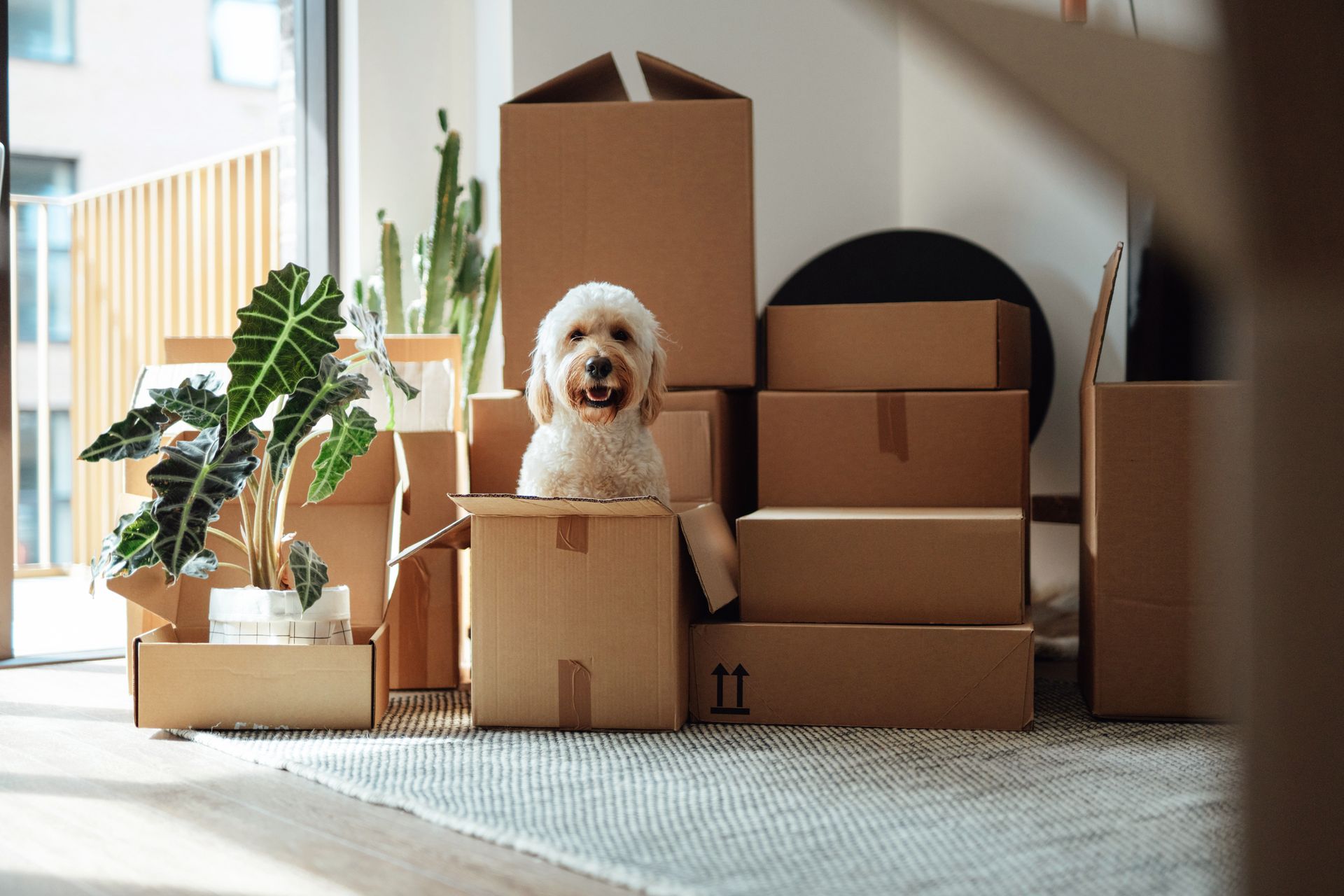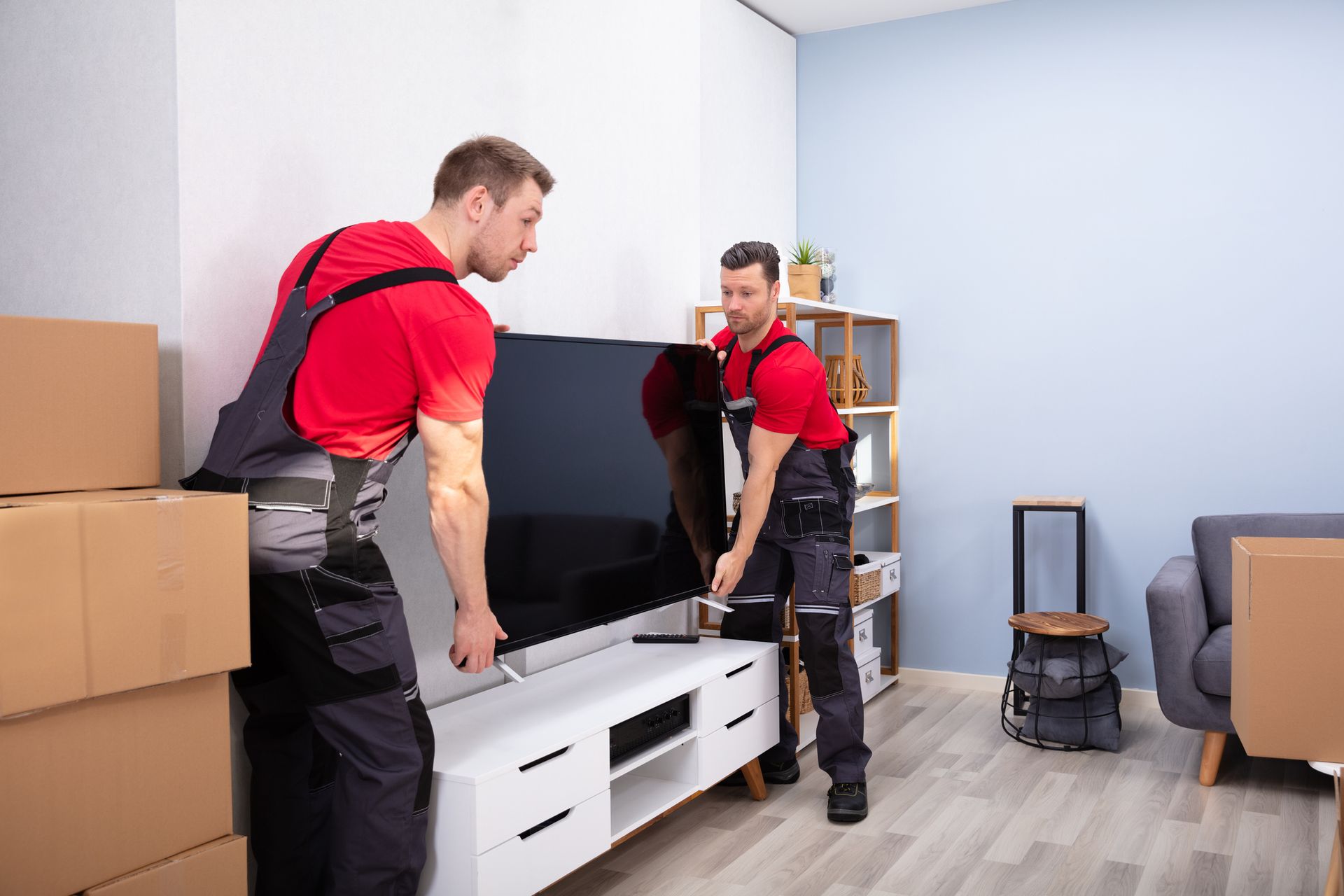Moving With Pets: Ensuring a Safe and Comfortable Journey
Transitioning to a new home can be a challenging experience for both humans and their furry companions. As you embark on this significant change, it’s vital to consider the well-being and comfort of your pets throughout the moving process. From the initial preparations to the final settling in, ensuring a safe and stress-free journey for your pets can greatly contribute to a smooth transition. Understanding how to manage the logistics, environment, and emotional needs of your pets will make residential moving services beneficial for everyone involved.
Preparing for the Move
Before the moving day arrives, it's essential to begin preparations that cater specifically to the needs of your pets. Familiarize them with the moving process by gradually altering their environment, allowing them to get used to the changes without sudden disruptions. This adaptation can include packing items gradually, as this helps pets adjust to the idea of a new home and reduces anxiety associated with an unfamiliar environment.
Ensure that you have a designated area in your current home where your pets can comfortably retreat amidst the chaos of packing. A quiet room with their favorite toys, bedding, and access to food and water can provide a sanctuary for them during this busy time. Additionally, consider scheduling a visit to the veterinarian, especially if you’re moving to a new area, to secure any necessary vaccinations and update their microchip information reflecting your new address.
Travel Arrangements
When it comes to transporting your pets, the manner in which you travel can directly impact their comfort and safety. If you're driving to your new home, ensure that your pets are secured in carriers or appropriate restraints to prevent distraction and injury while on the road. Make regular stops to allow your pets to stretch their legs and relieve themselves. During these breaks, offer them water and a treat to help keep them calm and satisfied.
For longer journeys or if you're considering flying, reach out to your airline to understand their specific policies regarding pet travel. This often includes requirements for pet carriers, health certificates, and any restrictions that may apply. Always acclimate your pets to their carriers ahead of time to ensure that they feel secure and relaxed during the journey.
Settling in at the New Home
Upon arrival at your new residence, introduce your pets to their new environment gradually. Allow them to explore one room at a time, ensuring that they feel secure and familiar with their surroundings. You can bring familiar items from your previous home, such as their bedding and toys, to provide comfort and a sense of continuity. Creating a designated space for them right away can help them settle in and provide a predictable routine amidst the upheaval of moving.
Keep in mind that pets can experience stress in new environments, so it’s crucial to be patient and give them time to adjust. During this transitional phase, monitor their behavior closely for signs of anxiety or distress. If your pets seem overwhelmed, consider spending quality time with them, engaging in their favorite activities to reassure them that everything is safe and normal.
Using Residential Moving Services to Your Advantage
When opting for residential moving services, select a company that shows a willingness to accommodate your pets’ needs. Discuss your travel plans and inquire whether they can provide any guidance or assistance when it comes to transporting pets or ensuring a seamless transition. Some moving companies may offer specialized services for those with pets, such as pet sitters or options for pet-friendly transport.
In addition, ensure that the moving company understands the importance of treating your pets with care to minimize the risk of their escape during the move. For instance, request they do not open doors or windows in pet-friendly areas, and indicate any designated spaces where your pets may be during the loading and unloading process.
Post-Move: Adjusting to the New Normal
Once you’ve settled into your new home, focus on establishing a routine for your pets to help them adjust to their new environment. Pets thrive on routine, so maintaining consistent feeding times, walk schedules, and playtimes can create a feeling of stability for them. Gradually introducing your pets to the neighborhood by taking them on walks can help them acclimate to their new surroundings while allowing you to bond during exploration.
Additionally, be attentive to their social needs. Organizing playdates with other pets in the area or visiting local dog parks can provide them with valuable social interactions, easing any feelings of isolation after your move. It's also important to closely monitor their behavior and consult a veterinarian if any signs of prolonged anxiety or stress arise.
Moving with pets requires careful planning and consideration, ensuring their safety and comfort during what can often be a stressful time for the entire household. With the right preparation and the support of residential moving services, you can create a successful transition for your pets, ultimately leading to a harmonious new beginning in your new home. By prioritizing their needs and well-being, you can foster a smooth adjustment period and help your pets thrive in this new chapter of your lives. If you're moving homes, work with our movers at Central Van Lines.

















